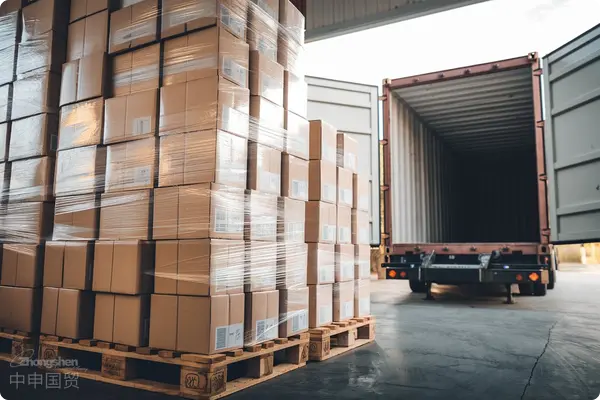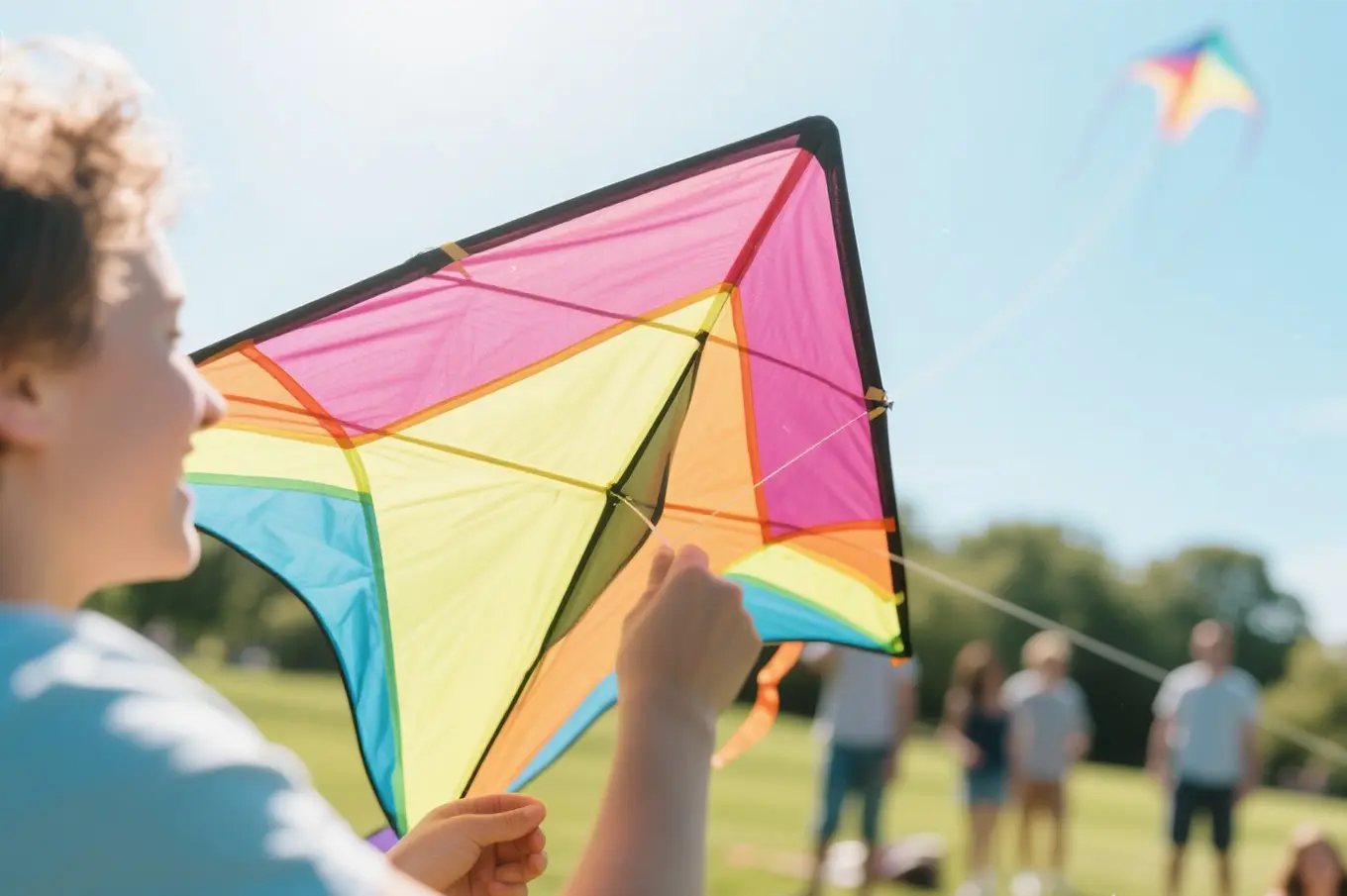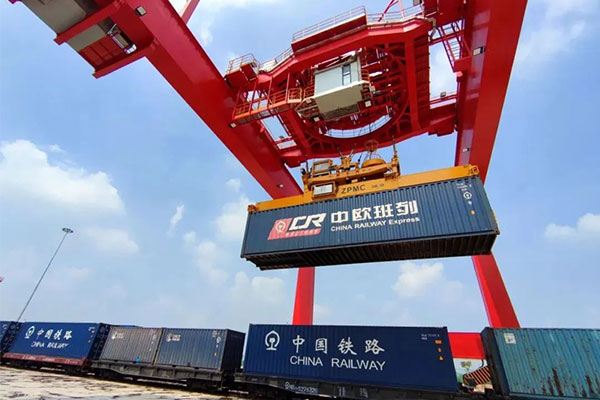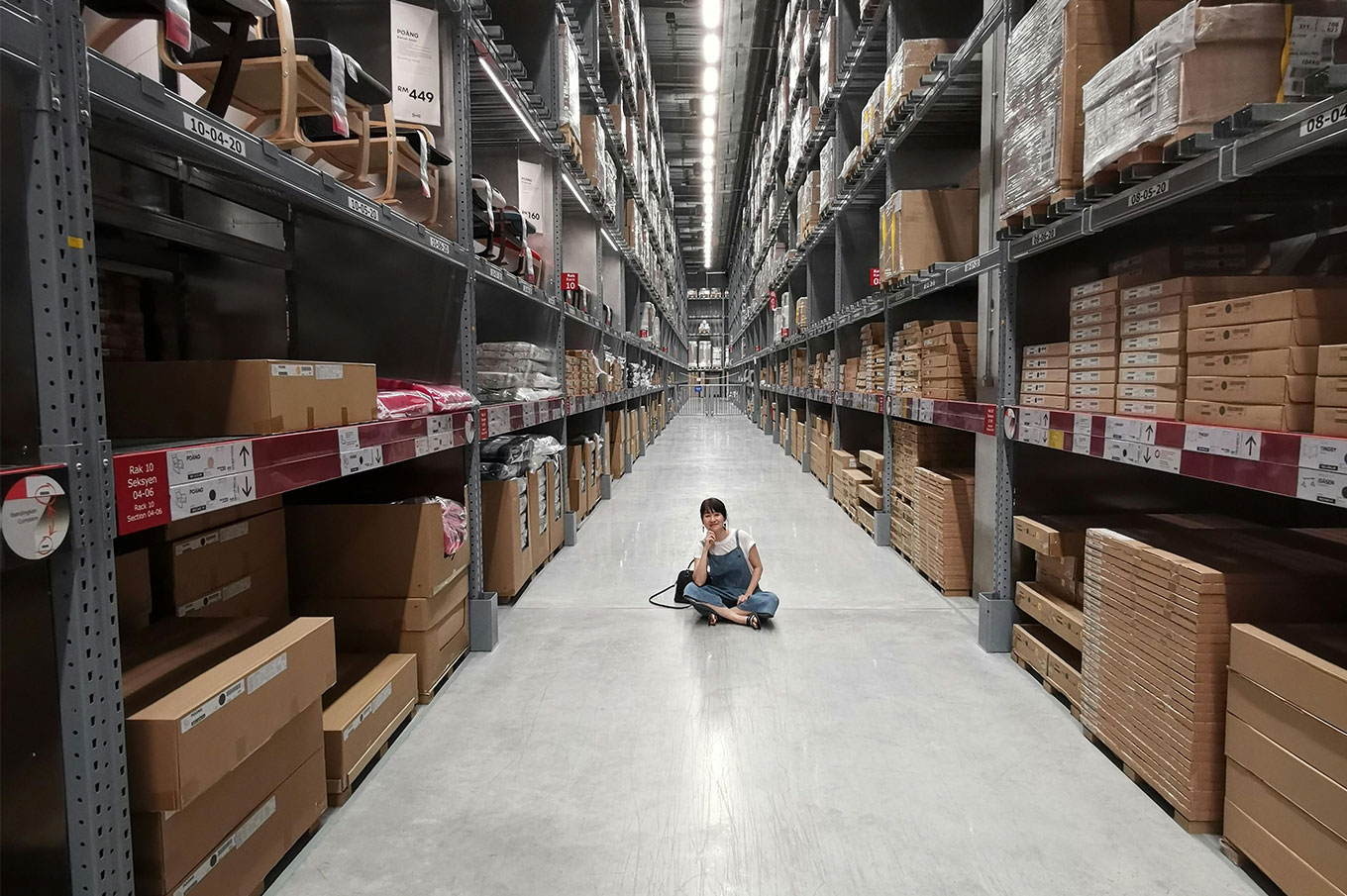- Shanghai Zhongshen International Trade Co., Ltd. - Two decades of trade agency expertise.
- Service Hotline: 139 1787 2118

I. Overview
With the continuous development of Sino-Russian trade, the quantity of lighting fixtures exported to Russia has been increasing. To ensure the quality of exported lighting fixtures and meet the requirements of the Russian market as well as relevant laws and regulations, it is crucial to understand and follow specific inspection standards.
Safety Standards
Electrical safety
– The voltage and frequency of the luminaires must comply with Russian electrical standards. The standard voltage in Russia is 220V, with a frequency of 50Hz. The electrical insulation performance of the luminaires must be excellent to prevent the risk of electric shock to users. For example, the insulation resistance of the luminaires should meet a certain value, generally no less than 2MΩ, ensuring that current does not conduct through unintended paths during normal use or in potentially damp environments.
– The grounding connection must be reliable. For luminaires that require grounding (such as some metal-shell luminaires), the grounding resistance must not exceed 4Ω. This helps safely divert current to the ground in the event of an electrical fault, ensuring user safety.
Fire Resistance Performance
- The housing material of the luminaire should possess certain fire-resistant properties. Generally, the luminaire housing should be made of flame-retardant materials, and its flame-retardant grade must comply with relevant Russian standards. For example, when exposed to an open flame, the housing material should be self-extinguishing and not sustain combustion, thereby preventing the luminaire from igniting and posing a fire hazard.
– The wiring and electrical components inside the luminaire also need to consider fire resistance. High-temperature-resistant and flame-retardant wires should be used to prevent fires caused by short circuits or overheating of the wires.
Performance Standards
Lighting Performance
– The luminous flux of the luminaire must meet the value claimed by the product. Luminous flux is a key indicator for measuring the light-emitting capability of luminaires. For luminaires sold in the Russian market, the deviation between the actual luminous flux and the nominal value should remain within a specified range, typically not exceeding ±10%. This ensures that consumers receive luminaires capable of delivering the expected lighting performance.
– There are also requirements for the Color Rendering Index (CRI) of luminaires. For indoor lighting fixtures, the CRI should generally not be lower than 80, as this ensures that the colors of illuminated objects appear closer to their natural hues, meeting the demand for color accuracy in indoor environments.
Lifespan Requirements
- The average service life of lighting fixtures should comply with relevant regulations. For example, ordinary incandescent bulbs may have a lifespan requirement of around 1,000 hours, while LED fixtures, due to their energy-saving and long-life characteristics, should claim a service life reaching a certain number of hours, such as over 25,000 hours. Additionally, before reaching the end of their service life, the lumen depreciation of lighting fixtures should be controlled within a reasonable range to ensure the continuity of lighting performance.
Markings and Labels
Basic product information must be clearly marked on lighting fixtures. This includes the model, rated voltage, rated power, manufacturers name, production address, etc. This information helps consumers use the fixtures correctly and enables product traceability when needed.
Relevant safety labels should be marked on lighting fixtures. For example, labels indicating suitability for humid environments should be included. Fixtures with special usage restrictions (e.g., indoor use only) should also be clearly labeled to prevent misuse and potential safety hazards.
For lighting fixtures that need to comply with energy efficiency standards, energy efficiency labels should be included to help consumers understand the fixtures energy-saving performance.
Packaging Requirements
The packaging of lighting fixtures should protect them from damage during transportation and storage. Packaging materials should have sufficient strength and cushioning properties. For example, when using cardboard boxes, the thickness should be appropriate, and internal cushioning materials like foam or bubble wrap should be added to prevent damage from collisions or compression.
Necessary information should be marked on the packaging, such as product name, model, quantity, gross weight, net weight, and transportation warning labels (e.g., fragile, this side up). Additionally, the packaging should include information about the importer and manufacturer for identification and management during logistics and sales.
Compulsory certificationLighting fixtures exported to Russia must meet strict inspection standards in terms of safety, performance, markings, and packaging. Only then can they successfully enter the Russian market and gain consumer trust.
Related Recommendations
? 2025. All Rights Reserved. Shanghai ICP No. 2023007705-2  PSB Record: Shanghai No.31011502009912
PSB Record: Shanghai No.31011502009912










